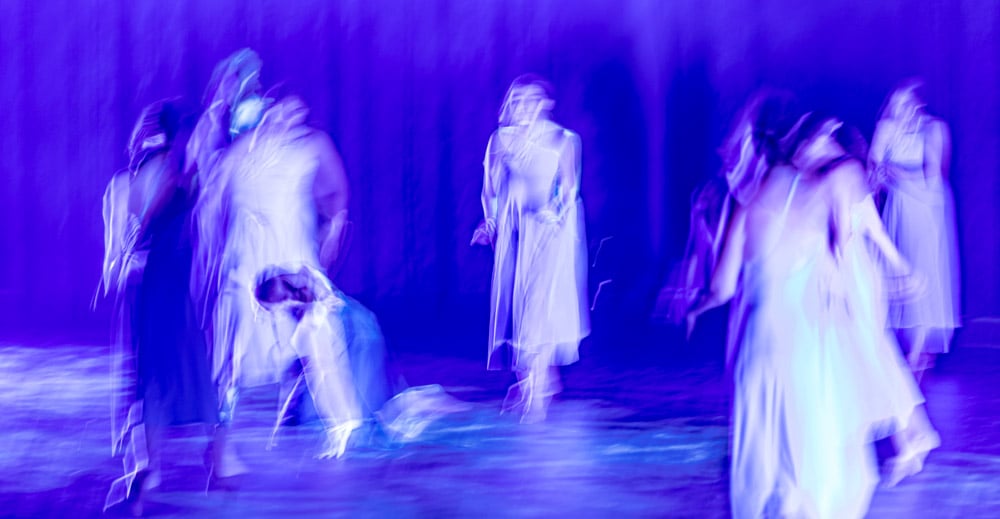Designing an Inclusive Performing Arts Event: 7 Tips for Promoting Representation
As the world becomes more diverse and inclusive, it's important for performing arts events to reflect these values as well. An inclusive performing arts event can help promote diversity and representation in the arts, and provide a platform for underrepresented communities to showcase their talents.
In this blog post, we will discuss tips for designing an inclusive performing arts event while promoting diversity and representation.
1. Diverse Programming
The first step in designing an inclusive performing arts event is to ensure that your programming is diverse. This means including artists and performers from a range of backgrounds, cultures, and identities. Take the time to research and reach out to artists who may not have as much visibility in the industry, and consider partnering with local organizations that support diverse artists and performers.
It's also important to consider the types of performances and genres represented in your event. Make sure that you are not only showcasing traditional or mainstream forms of performing arts, but also those that may be less well-known or marginalized.
2. Accessible Venues
Another important aspect of an inclusive performing arts event is ensuring that the venue is accessible to all. This means considering the needs of individuals with disabilities, such as accessible seating, ramps, and restrooms. It also means providing sign language interpretation or closed captioning for those who are deaf or hard of hearing.
In addition, consider the location of the event and the ease of access for those who may not have reliable transportation or who may live in underrepresented communities. Partnering with local organizations and community groups can help ensure that the event is accessible and inclusive to all.
3. Inclusive Marketing
When promoting your event, it's important to use inclusive language and imagery that reflects the diversity of your programming. Avoid using stereotypes or tokenism, and instead focus on the unique talents and perspectives of your performers.
Consider partnering with diverse media outlets and community organizations to promote your event and reach a wider audience. Social media can also be a powerful tool for reaching underrepresented communities and promoting inclusivity.
4. Cultivate a Safe and Welcoming Environment
Creating a safe and welcoming environment is key to promoting inclusivity at your performing arts event. Train your staff and volunteers on diversity and inclusion, and provide clear guidelines for appropriate behavior.
Consider offering gender-neutral restrooms and creating safe spaces for individuals who may feel marginalized or excluded. It's also important to have a zero-tolerance policy for any form of discrimination or harassment.
5. Partner with Diverse Vendors
Partnering with diverse vendors can help promote diversity and representation in all aspects of your event. Consider partnering with local businesses owned by underrepresented communities, or vendors who specialize in culturally diverse cuisine.
In addition, consider incorporating sustainable and ethical practices into your event planning, such as using environmentally friendly products and supporting fair trade practices.
6. Create Opportunities for Audience Engagement
Creating opportunities for audience engagement can help promote inclusivity and create a sense of community at your performing arts event. Consider incorporating interactive elements into your programming, such as audience Q&A sessions or workshops led by performers.
You can also create opportunities for audience members to connect with one another and share their experiences. This can help build a sense of belonging and promote inclusivity among attendees.
7. Offer Sensory-Friendly Performances
For individuals with sensory processing sensitivities, attending a traditional performing arts event can be overwhelming or uncomfortable. Consider offering sensory-friendly performances, which are designed to accommodate the needs of individuals with sensory sensitivities.
This can include
- Providing low-level lighting
- Lower sound levels
- A relaxed atmosphere where attendees can move around and make noise without fear of judgment
Sensory-friendly performances can help promote inclusivity and make your event accessible to a wider range of individuals.
In conclusion, designing an inclusive performing arts event is an essential aspect of promoting diversity and representation. By ensuring that everyone feels welcome and included, you can create a positive and memorable experience for both performers and attendees. Some tips for promoting diversity and representation at your event include considering the diversity of your audience and performers, providing accessible accommodations, and promoting the event to diverse communities.
By incorporating these strategies into your planning process, you can create a space that celebrates and honors the diversity of the performing arts community. Remember that creating an inclusive environment requires ongoing effort and attention, but the rewards are well worth it.






